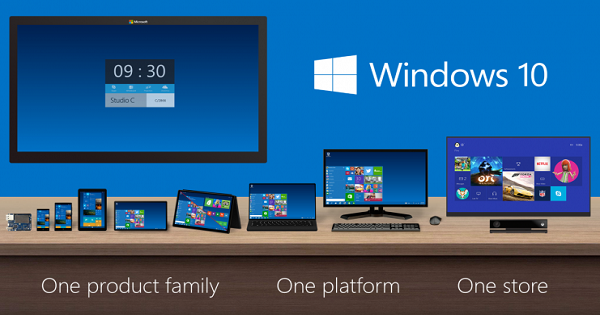Posted by : Unknown
Friday, 20 September 2013
Apple iOS 6.1 and 6.12 both saw very fast adoption rates from users in U.S. and Canada, according to Chitika, and generally speaking, Apple iOS device owners switch over to the newest OS version pretty quickly, thanks in part to Apple’s update mechanism which pushes new software over-the-air to all devices at the same time, regardless of carrier.
iOS 7 is different because of how much it changes everything. The look of the OS is entirely new, from the ground up, and there are also many differences when it comes to how features work and what’s involved in navigating around your device.
As I noted in my review, iOS 7 is definitely going to take some getting used to, even if the changes it implements are mostly very much for the better. To get started with your own update, check the “General > Software Update” section in your iOS Settings for over-the-air, or plug into a computer with iTunes installed to get it wired. Apple could be facing lots of demand, so don’t be surprised if it takes a little while to find and download the update. The best advice is to just keep trying if you encounter errors.
Design
Circles enter the design language, along with visuals that look nearly transparent, like a pane of glass. There's not much in the way of customization or themes, but your passcode and phone dialing screens take on the color of your background, which successfully ties the look together. The most important part of any deep design work is that it feel smooth and connected from screen to screen, and after some time spent with iOS 7, I do think it delivers an elegant overall experience.
Control Center and Notifications
In iOS 7, you can swipe up from the bottom of the display to bring up quick-access tools, such as Wi-Fi and Bluetooth access, brightness, Airplane mode, and music controls. Control Center also integrates a small flashlight tool, signaling the death of so many third-party flashlight apps, but you also have quick access to setting an alarm or opening the calculator or camera.
In the Notifications pull-down menu, three tabs show you all your alerts, the calls and messages you've missed, and a new "today" pane that tracks what you have scheduled for the day. It's a small but useful expansion of the current notifications pull-down.
Safari browser & App World
In addition to iOS 7's Safari overhaul, the biggest change to the browser is a unified search and URL field. The fact that past versions kept the two separate for some time was a usability thorn in our side. The long overdue update that combines them into one is therefore both gratifying and enraging, since it was such a small tweak that every other mobile OS (and desktop Web browser) has been taking advantage of for years.
AirDrop
AirDrop works by creating local ad hoc networks among nearby users. So if you want to share a photo, you'll hit the share button, and automatically see others around you who are also on iOS 7 (and who have the feature turned on). From there you just tap a friend's picture and iOS 7 uses Wi-Fi and Bluetooth to send your photo (and the recipient can accept or decline). It also offers the option to make yourself invisible to nearby iOS 7 users from the Control Center.
Camera and Photos apps
Apple did a lot of work reorganizing both the camera app and how images live in the photo app. The camera app surfaces all your shooting modes so you can swipe and then tap them to frame your shot, such as still, panorama, video, and a square, Instagram-like configuration. The app also offers a basic burst mode in which you touch and hold the main button to take continuous shots from which to pick the best one later.
Screenshots Credits : Shantanu Chauhan
- Back to Home »
- apple , apps , ceo , ios , ipad , iphone , news , online , smartphones , steve jobs , technology , updates , user , website »
- Apple’s iOS 7 Update Now Available



















